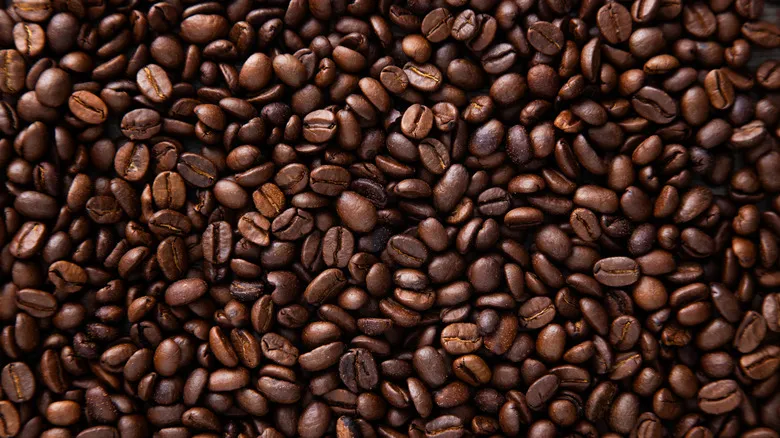From instant coffee to Starbucks flat whites
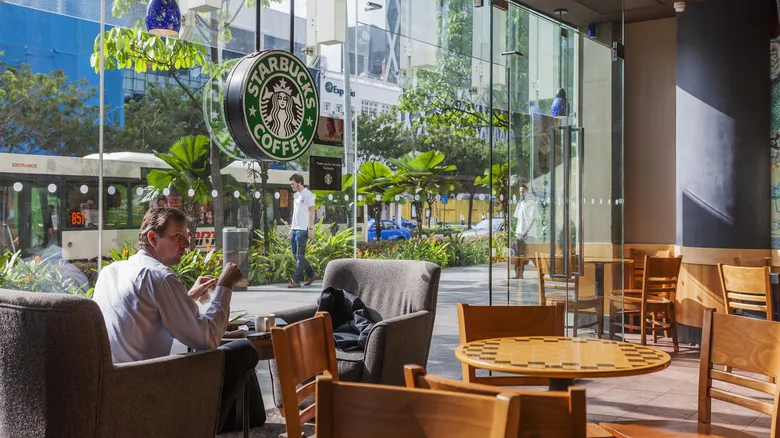
Coffee has been a staple in America since the nation’s inception, but it truly gained popularity in the Western world with the advent of mass-produced instant coffee in the early 1900s. This innovation made the beverage more accessible and affordable, allowing the general public to enjoy it at diners or prepare it at home, marking what is referred to as the "first wave" of coffee.
This is where Starbucks enters the scene, with its sometimes artisanal, sometimes not-so-artisanal drinks. From the 1960s onward (with the first Starbucks opening in 1971), coffee drinking evolved from a mere routine into a more immersive experience. While coffeehouses had existed in the U.S. before this time, the emphasis in this "second wave" shifted towards enhancing customer experience, transforming cafés into social hubs. Think of Central Perk from "Friends" or Monk's Cafe from "Seinfeld." Practically speaking, menus began to feature flavored beverages like the classic vanilla latte, aimed at making coffee consumption more enjoyable.
The third wave of coffee
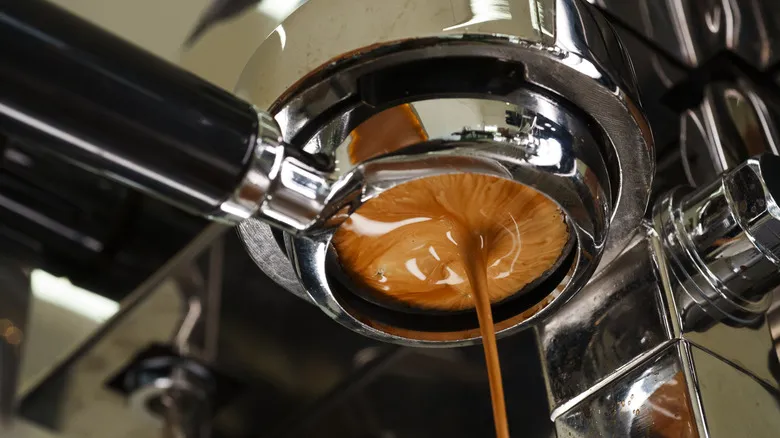
Currently, we find ourselves in the third wave of coffee, although some coffee shops may still be considered part of the second wave based on their focus. Specialty cafés like Verve Coffee Roasters in Santa Cruz and Four Barrel in San Francisco meticulously curate every element of the coffee experience. While the ambiance of the café remains significant, this wave is characterized by a detailed, analytical approach to sourcing beans and roasting methods. It emphasizes lightly roasted single-origin beans over blends and explores factors such as how altitude influences the growth and flavor of coffee beans.
These lighter roasts tend to produce a more fruity flavor profile, while darker roasts yield beans with caramelized or chocolatey notes. Third-wave coffee culture often involves enjoying cappuccinos or pour-overs without any syrupy additions that could mask the coffee's natural flavor. And indeed, this wave has also given rise to coffee aficionados (a mixed blessing, to be sure).
Recommended
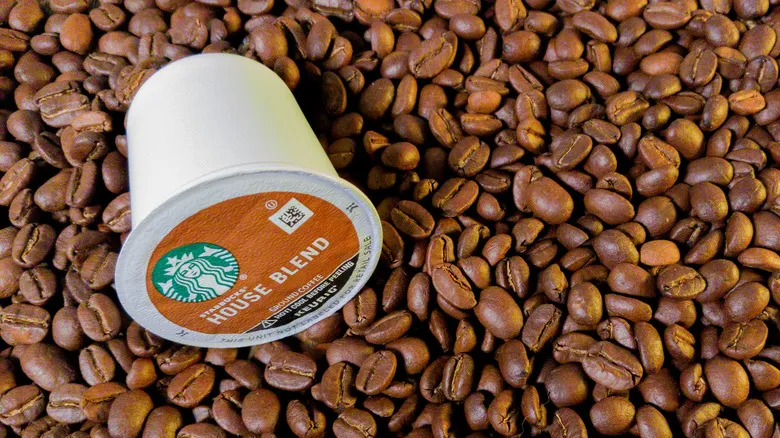
Recycling K-Cups Is Easier Than You Think
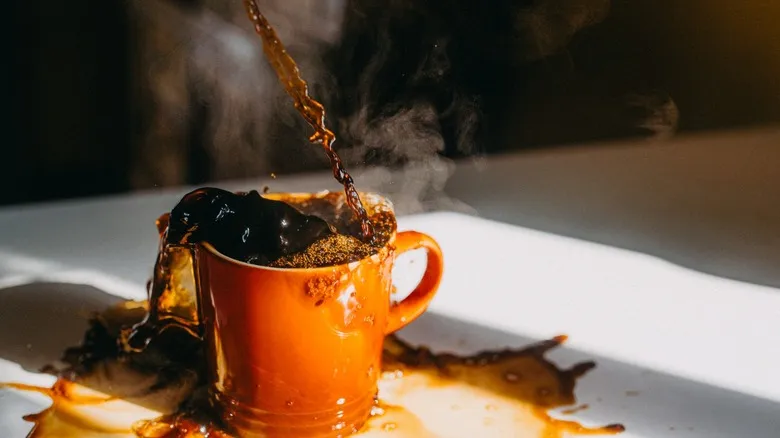
Why Coffee Could Get A Lot More Expensive In 2025

What Kind Of Coffee Does Burger King Serve?
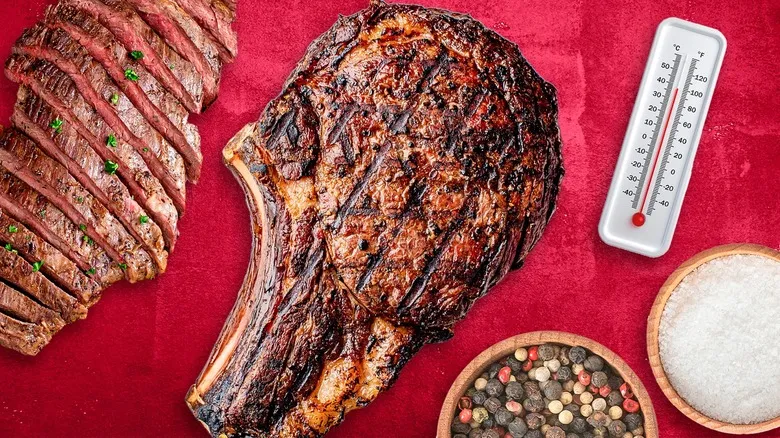
15 Common Mistakes That Are Ruining Your Grilled Steak
Next up

